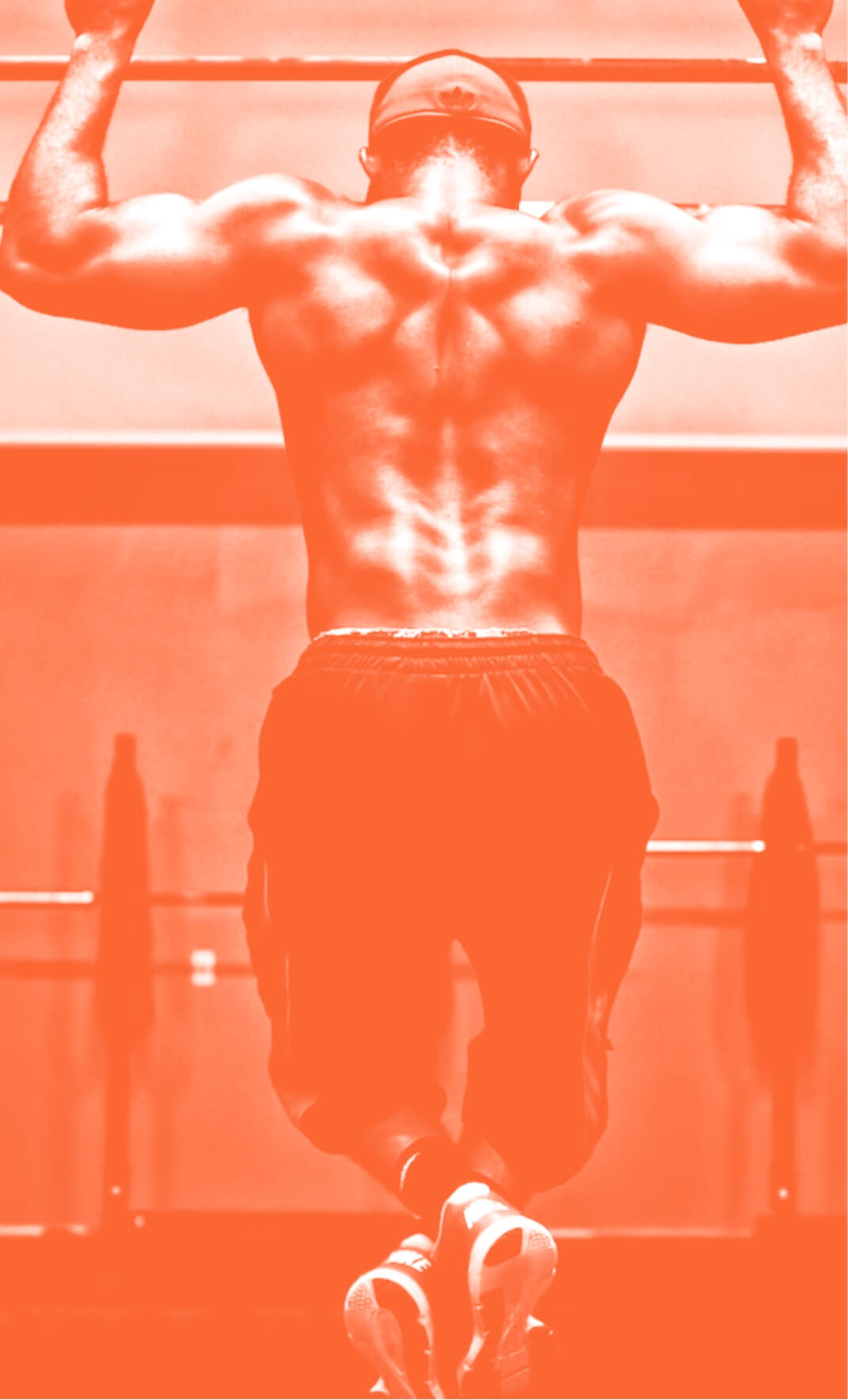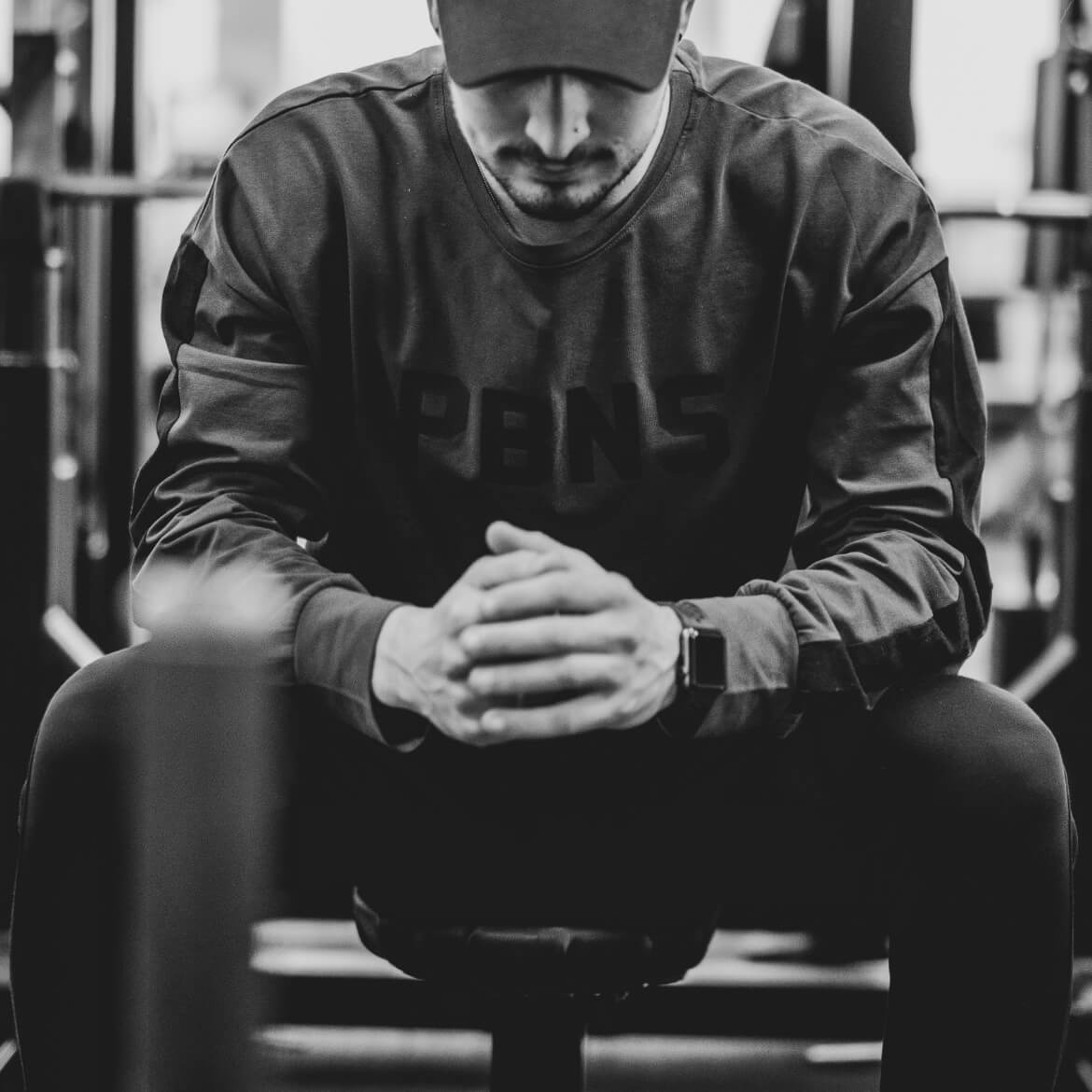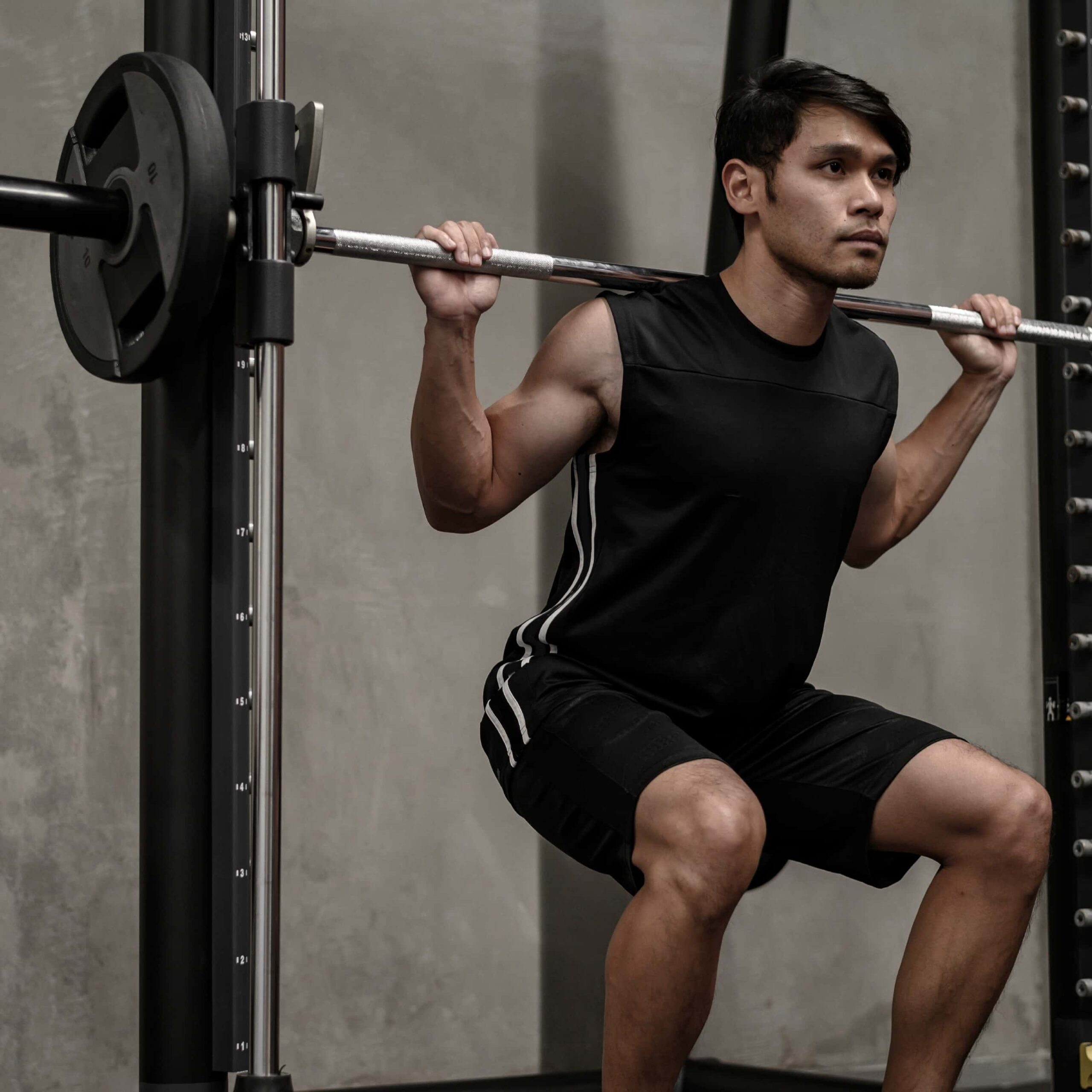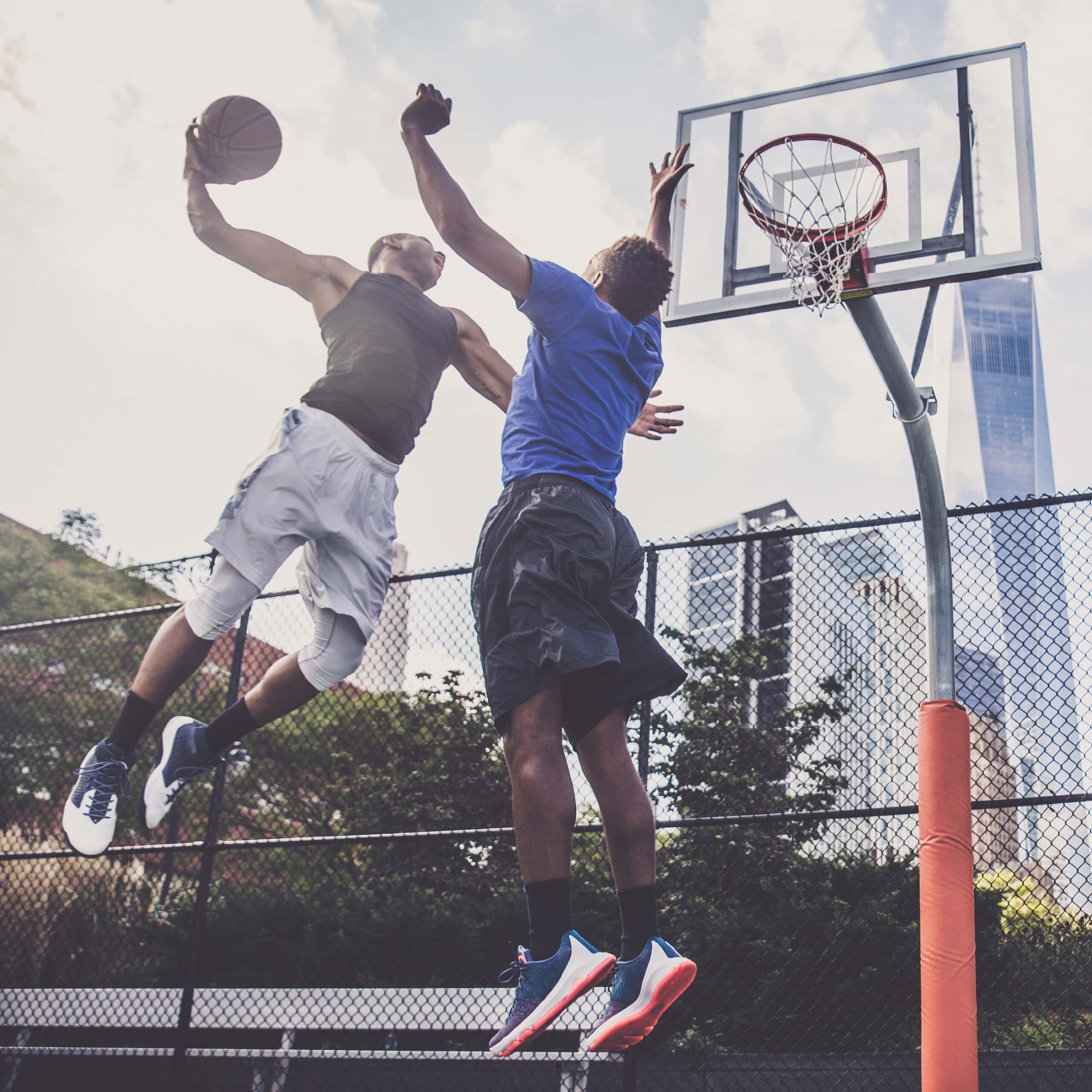Different Types of Punches & Tips to Perfect Technique
4th Mar 20
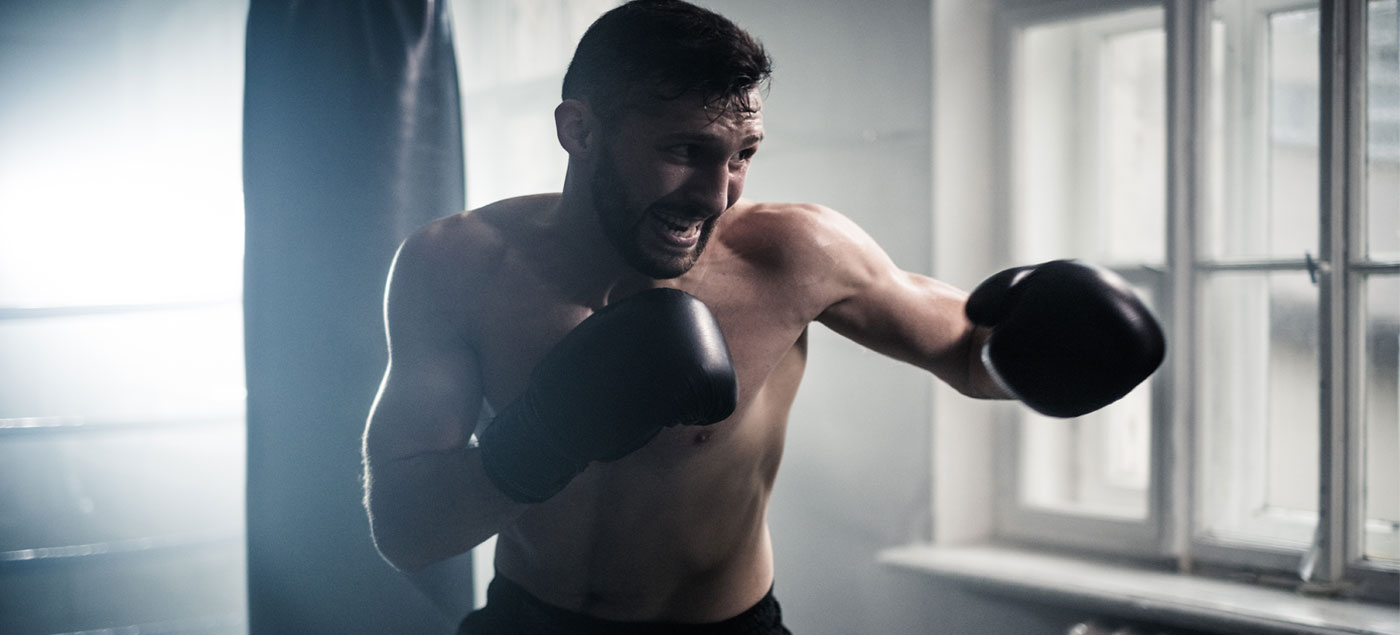
Boxing and its training hold some of the best exercises in the world. It’s truly incredible for the great things that it does for your body (however fighting can be a different story, we’re purely looking at the exercise perspective here). A huge part of that comes from the very basis of what it is. Largely, that comes from punching, and even this is a huge topic to look into. The best place to start, however, is what actually makes a good punch, the different types of punches out there, and how to do it perfectly.
Want to move fast? Jump to the right section below.
When we look at different types of punches, we generally think of four main styles seen in boxing.
Each of these types of punches is a fundamental way to hit in boxing, and you need to master all of them to train and to box as best you can. On top of that, correct punching technique and using the right style of punch is essential for your safety in the long term too, as you don’t want to injure yourself. You need to really make the most of your workouts.
The best way to do this is to take a look at each punching type individually
Jab

Jabs are the classic punching type in the boxing world as they are the instinctive, basic, go-to punch. That’s always the building block of any boxing workout, and in all honesty, they are hard to get wrong unless you are new to boxing completely.
The premise behind a jab is that you are simply remaining where you are and driving your fist forwards in a straight line. Whether you’re using it as your frontal assault or even a diversion for what is to come, you need to master each one before you go any further.
Tips:
- Keep stance
- Guard up, elbows in
- Don’t twist
- Protect your chin with your shoulder
Cross

Crosses make things slightly more uninteresting and are an obvious next step once you have had time to develop your jab skills. These follow almost the same style and force of motion as jabs, but as the name suggests, they add a different vector to your punch.
With a cross, the aim is, as it sounds, to punch across your body instead of straight. Instead of landing your punch in a straight line, you’d aim for the opposite side of your opponent. Your right hand will travel leftwards or your left hand rightwards. That’s the general gist, and of course, that gives you a new tactic to be able to use in your training. With the increased movement, you add more muscle into the punch, boosting the power and the muscles used. That’s even great for a better calorie burn.
Tips:
- Keep stance
- Guard Up
- Twist
- Protect your chin with your shoulder
Hook

Taking things onto a much more advanced level than where we’ve looked already, adding more power and skill to punches changes things up again. This is where the more skilled punches like hooks come into your punching arsenal. These are where you’re looking much more at a more specialised punch to hit localised areas, and they can deal a huge amount of force. All the more reason to nail your technique too.
To hook, a great way to get the ball rolling is by getting yourself some hook and jab pads. With someone else using them and a good focus pad workout, you’ll master the skill in no time. Simply aim to deliver your force sideways rather than forwards. Imagine you are trying to hit your bag or opponent from a new angle entirely; you need to land the punch coming in sideways, and that uses more muscles again. It’s a tough one.
Tips:
- Guard Up
- Bend Arm at Right Angle
- Rotate Hips
Uppercut

Finally, we have another boxing classic which is where the uppercut comes into play. It’s a lot harder to train with this punch unless you have the right kit, but as far as punch types go, it still has the space to be the best one you need in your training.
Getting it right, however, is again a challenge on its own, and pads may be the perfect fit again. It’s hard to land an uppercut on a heavy bag after all unless you have space to get underneath it, which is near impossible. In any case, practise the new plain of motion and deliver force in this entirely new way.
Tips:
- Pivot foot
- Guard Up
- Swing up
- Don’t punch too high, stop at the chin
Stance
One final thing we need to mention before we go is that to do any of these punches to their fullest potential; you also need to be able to have the right boxing stance in the first place. There’s a lot more to them than most people would think. It’s an easy thing to get wrong, and it can change your boxing game entirely.
Take a look at this article to make sure that you’re nailing yours, but generally, it comes down to where your strongest side is, where you want to land your punches, and what you are planning to do with your feet throughout your whole workout. All of these things need to be considered before you try to get the most from your punch.
All of these punch types are pivotal to a true boxing workout, and whether you are training for skill, performance or even just calorie burn, all of these are a recipe for success when used together. It’s also worth getting to grips with hand wraps at this point, as they will save you from hurting yourself too.
Work on mastering each of these types of punches from the top down, and don’t worry about using them all together until you feel ready. Try your best to master your technique, work on your punching power, and then see where your training takes you. Good luck!

Before beginning any exercise or nutrition program, consult your physician, doctor or other professional. This is especially important for individuals over the age of 35 or persons with pre-existing health problems. Exercise.co.uk assumes no responsibility for personal injury or property damage sustained using our advice.
If you experience dizziness, nausea, chest pain, or any other abnormal symptoms, stop the workout at once and consult a physician or doctor immediately.

